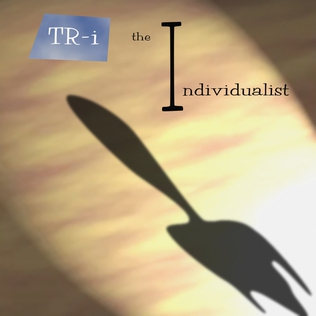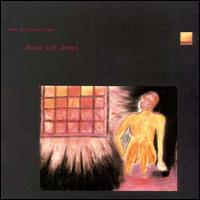Right off we hear rare songs, including the first of two demos of “Midnight Cowboy” written for the film of the same name; frankly it’s not one of her better compositions, nor would it have fit very well on a soundtrack. Many of these demos sound very close to the released versions, proving just how well she had mastered playing the songs. Some of the home recordings are crude or incomplete, but then there are those where you can hear a clock ticking, such as on “The Fiddle And The Drum”, performed with piano. Halfway through the first disc are outtakes from the sessions for her Reprise debut, including inferior versions of “Both Sides Now” and “Conversation”, but such forgotten songs as “Jeremy” and another stab at “The Gift Of The Magi”. A few sketches of her picking (or playing piano) while humming melodies without words are fascinating.
The bulk of the second disc is a performance at an Ottawa “coffee house” captured by none other than Jimi Hendrix on his own reel-to-reel tape recorder, set up at her feet. The first album hadn’t come out yet, and songs from that album are interspersed with early versions of “I Don’t Know Where I Stand” and “Ladies Of The Canyon”, as well as the last version of “Dr. Junk” and “Come To The Sunshine”. (The latter is included in a studio take from May 1968, since abandoned.) One fascinating snapshot finds her discussing what songs could go onto her second album, which illustrates how some songs appear in earlier takes than the albums where they ended up. Clearly, she wasn’t just making it all up as she went along. Her first appearance on BBC’s Top Gear radio show is unique not only for John Peel’s trademark lugubrious delivery, but the accompaniment of players familiar from Donovan albums.
Her Carnegie Hall debut takes up all of the third disc, with the encore starting the next, although two songs have been substituted from another show, presumably to preserve continuity. She sounds confident and, most of all, happy throughout, ably retuning her guitar while expanding on the inspirations behind the songs. The appreciative if subdued audience is urged to sing along with Jesse Colin Young’s “Get Together” and “The Circle Game”, which is formed into a medley with “Little Green” for a truly poignant touch.
Three future Ladies Of The Canyon tracks are previewed from the Clouds sessions, as is the otherwise unpursued “Jesus”, right before the entirety of her appearance on The Dick Cavett Show (the one right after Woodstock, which was crashed by Crosby, Stills, Nash & Jefferson Airplane). Speaking of which, “Woodstock” itself appears in a performance at the acoustic (not electric) piano, while two other Ladies tracks sport overdubs eventually discarded. Disc four ends with a harbinger in a medley of “Big Yellow Taxi” and “Bony Moronie” with James Taylor at a Greenpeace benefit. He turns up halfway through the BBC radio concert that dominates disc five, supporting her on guitar and occasional harmonies, both distinctive. She openly flirts with him before their rendition of his “You Can Close Your Eyes”, after several previews of songs that would be on Blue.
If these discs are any indication, that album was unique in that its songs (save “Little Green”) hadn’t been germinating for years, waiting for the right album sequence, as had been the case with the first three. We get an early, unfinished, and truly anxious “All I Want”, plus a few more early demos. “River” is included in an alternate mix with French horns playing carols over the coda, while the familiar B-side version of “Urge For Going” features chamber-style strings over the third verse on. As for the legendary outtake “Hunter”, the song’s similarity to “This Flight Tonight” makes its omission from Blue a wise move. (And it turns out she wrote it about a stray cat she’d adopted. This is a theme that will recur throughout her career, up to the latest pet who features in the Cameron Crowe interview that makes up the liner notes.)
There’s a lot of music here, and despite the repetition, it’s illuminating. This is an artist displaying her craft, at a time when it seemed she was infallible. She wasn’t, of course, but we can be thankful for how she reacted to the concept of fame. The proof lies herein.
Joni Mitchell Archives—Volume 2: The Reprise Years (1968-1971) (2021)—3½


:format(jpeg):mode_rgb():quality(90)/discogs-images/R-1146123-1330801097.jpeg.jpg)





:format(jpeg):mode_rgb():quality(90)/discogs-images/R-21066925-1638699876-2227.jpeg.jpg)













:format(jpeg):mode_rgb():quality(90)/discogs-images/R-167447-1394273581-1955.jpeg.jpg)




:format(jpeg):mode_rgb():quality(90)/discogs-images/R-10685324-1502375696-2858.jpeg.jpg)

